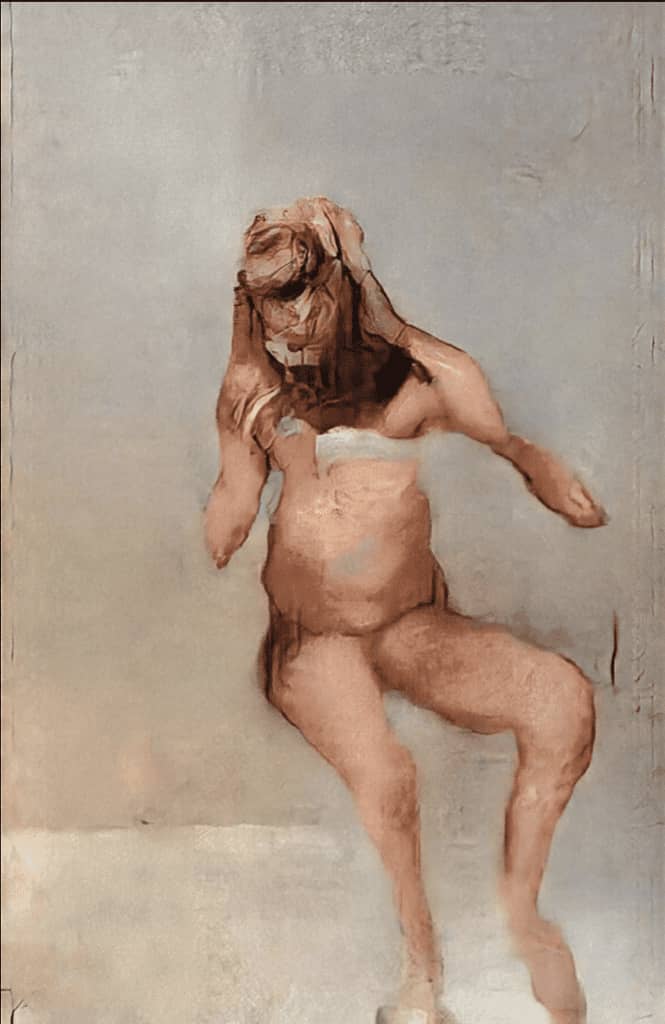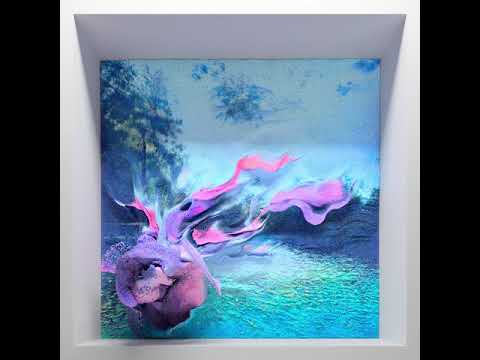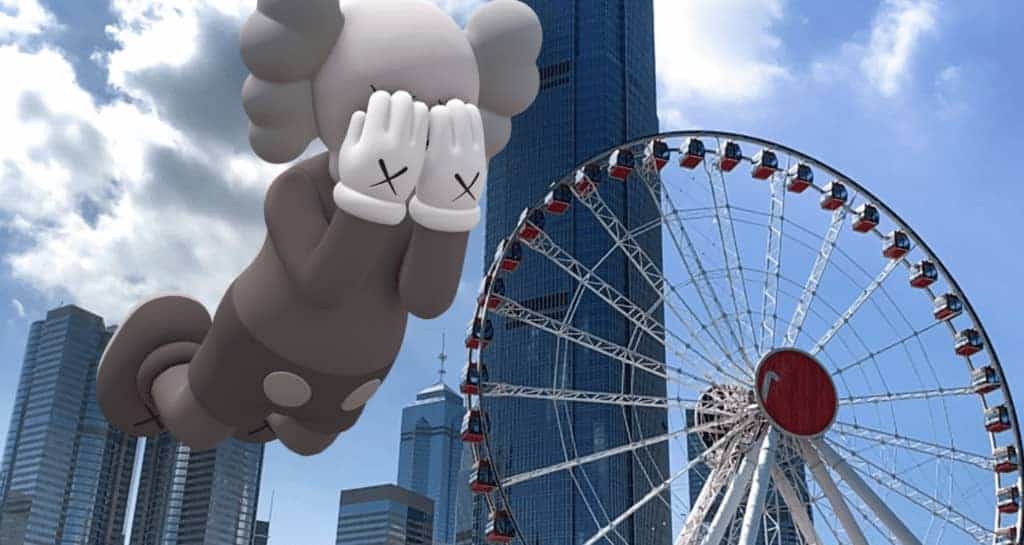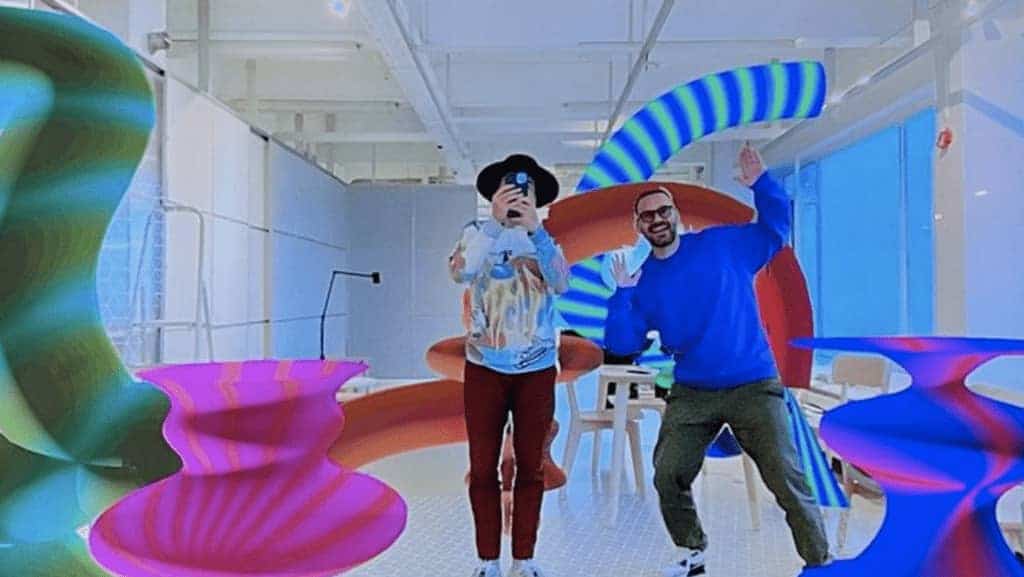Digital Art – Definition, History & Innovative Art Forms
Mục lục bài viết
Artificial Intelligence
Compared to Cohen’s early creation, today’s new developments incorporate AI and machine learning technologies. To create AI art, the artist chooses a set of images to feed the algorithm. The algorithm then imitates the visual inputs producing a number of output images, which are ultimately selected and approved by the artist. The algorithms used to produce art with this process are called GAN’s (Generative Adversarial Networks), whereas the class of algorithms called AICAN (Artificial Intelligence Creative Adversarial Network) – one that is nearly autonomous in the creative process – works on two opposite forces: on the one end, the algorithm is taught existing styles by memorizing their recognizable aesthetics; on the other, it gets penalized if, when producing a new artwork, too closely imitates an existing piece of art. This principle ensures that the final result will be innovative without going too far from what we already know. This class of algorithms is likely to build off more recent trends in art history.
AI Artists
Mario Klingemann is one of the most well-known names in the AI art genre. In 2017, he created a series of six prints using AI models, where he experimented with the inputs that feed the algorithm. For this work, the artist focused on the human body, training his AI models to explore posture by turning stick figures into paintings. For his painting The Butcher’s Son, Klingemann was awarded the Lumen Prize as the best art created with technology.
 Mario Klingemann, The Butcher’s Son, 2017.
Mario Klingemann, The Butcher’s Son, 2017.
In 2018, a work of art created by Edmond de Belamie with the help of an autonomous AI algorithm was auctioned for $432,500 at Christie’s Auction House. It was a human portrait generated by an algorithm that was fed with famous portraits from the history of art.
Another notable name in the spectrum of digital and AI art is Refk Andadol. He is a Turkish-American artist known for his projects that consist of data-driven algorithms that create abstract and dream-like environments. His latest project called Machine Hallucinations: Nature Dreams is an ongoing exploration of data aesthetics based on collective visual memories of space, nature, and urban environments. Anadol and his team collect data from digital archives and publicly available resources, then process the millions of photographic memories with machine learning models. The sorted images are then clustered into thematic categories to better understand the semantic context of the data universe.
Artwork Preview | Refik Anadol, Machine Hallucinations: Nature Dreams, 2021 | Part 2

Watch this video on YouTube
Augumented Reality
Augmented Reality (AR) is another popular digital medium that contemporary artists are using to express their creativity. Augmented reality involves an experience where the real-life world and the digital world interact with each other. Real-world objects are enhanced by computer-generated perceptual information that is affecting sense. The primary value of augmented reality is the manner in which components of the digital world blend into a person’s perception of the real world.
 AR sculpture of Kaws’ Companion in Hong Kong, 2020
AR sculpture of Kaws’ Companion in Hong Kong, 2020
AR artists
Big names of the art scene incorporate AR in their practice. Just to mention a few, Olafur Elisson was using AR to bring rare natural objects into people’s homes through the screen. Kaws exhibited 25 AR sculptures of his famous character Companion in metropolitan areas around the world during 2020, each piece was selling for approximately $10,000. Trevor Jones is a traditional painter using oil and canvas who started exploring digital layers to his paintings, firstly with painting QR codes and later by exploring AR. The artistic duo Tin&Ed has been using AR to animate their recognizable inflatable spatial installations in order to further explore the relation of physical and digital and human and the non-human, which is at the core of their artistic inspiration.
 Tin&Ed, Kaleidoscopic Home, 2021
Tin&Ed, Kaleidoscopic Home, 2021
The Market of Digital Art
Digital technology is continually opening up new perspectives for artistic experimentation. For artists who are willing to explore and play with new mediums, possibilities for creative expression are endless. Moreover, digital art has radically changed the way of viewing, enjoying, and sharing art as it can be easily transported and seen via different kinds of digital devices. The potential of a new, enlarged audience has also empowered artists to build their own careers and make their work known without the necessity of representation. But there is another recent layer to digital art, one that explains the rising attention towards this kind of artistic practice in the media more and more often with titles such as “Digital artwork sells for record price” or “The Most Expensive Digital Image Ever”. This has something to do with the monetary value and the ownership of digital art.
The development of blockchain technology, cryptocurrencies, and non-fungible tokens has allowed ownership over something that would otherwise be impossible to own. That’s how the market for NFT’s grew by nearly 300% in 2020 alone. NFT sales of crypto art and collectibles have already hit an estimated $3.5 billion in 2021 as reported in the Hiscox Art trade. Compared to the traditional art market, the NFT market is offering certain benefits such as viability for digital works as art and assets, authenticity and transparency, more accurate, cheaper and quicker authentication, and royalties for future sales – a context that sees artists in a much better position compared to the traditional system where they earn no money from secondary market sales. However, the biggest revolution of NFT’s in the art industry is related to the ownership of digital art. Even though many would argue that owning a piece of digital art is senseless with so many copies around, accessible to everyone, when it comes to the market, owning an original piece of art, be it physical or digital, is associated with monetary and social value. After all, having a print of a Picasso’s painting is not quite the same as owning the original painting. That is ultimately what makes the NFT art market so valuable.











